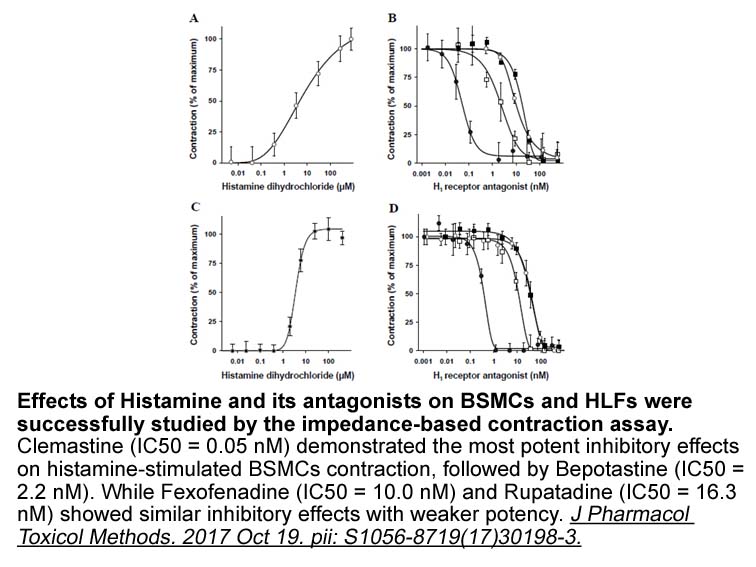Archives
leptomycin b manufacturer Cross border ties have been concep
Cross-border ties have been conceptualized primarily from the sociological literature in the context of international migration, with the concept of “border” pertaining to a nation-state boundary (Waldinger, 2015, 2013); however, there have been recent calls to better understand how international migration concepts, including cross-border ties, can translate to within-country migration streams (Ellis, 2012; King & Skeldon, 2010). In India, for example, rural-to-urban migrants frequently visited and sent remittances to their hometowns, with approximately 75% and 67% of participants, respectively, participating in these activities (Banerjee, 1981). Therefore, social ties to hometowns and remittance sending is also relevant for internal migrants, yet there is little known about how these activities may influence health. In fact, the majority of migrants globally move within national borders. According to a report from the United Nations, 740 million of the world\'s migrants were internal while 214 million crossed international borders (UNDP, 2009). Cross-border ties in the context of internal migration are especially of interest in India, where nearly 30% (309 million) of the nation\'s population is made up of internal migrants (Faetanini & Tankha, 2013). Researchers encouraging leptomycin b manufacturer of international and internal migration concepts and approaches suggest that migration is a process that should not be confined to national borders (King & Skeldon, 2010). In the internal migration context, therefore, cross-border ties may refer to social ties with hometowns that cross geographic boundaries such as block-levels, villages or sub-districts, districts, and states in India. The objective of this study is to understand how cross-border social ties influence internal migrant behaviors with respect to two reproductive health outcomes.
Methods
Results
Discussion
This study contributes to the larger migration literature by assessing the influence of cross-border social ties on family planning and maternal health behaviors among young internal migrants in India. Study findings suggest that higher cross-border ties, measured by a combination of physical visits, communication, and remittance indicators, was associated with increased use of family planning and an institutional delivery. This study reflects findings from larger cross-border ties literature, which suggests that overall, there seems to be a positive impact of maintaining relationships with people back home on health related behaviors. Increased family cohesion and social support created by higher levels of communication back home may empower people or protect them against inequality in a new setting (Torres, 2013).
This study also assessed specific cross-border tie indicators and the relationship with family planning use and institutional deliveries. Findings suggest that remittance sending was associated with increased family planning use. This is in line with other studies that have found that remittance sending has protective effects, specifically decreasing the odds of past-year major depressive episodes and smoking (Alcántara, Chen, & Alegría, 2015a; Alcántara, Molina, & Kawachi, 2015b). Remittances have been conceptualized to influence health by generating a sense of belonging and connection between migrants and their sending community, mostly in Latino populations (Alcántara et al., 2015a; Torres, 2013). Alcántara et al. (2015a) suggests that remittances promote a greater sense of self-efficacy, and consequently, mental health . Similar mechanisms may be at play in explaining remittance sending and greater use of family planning. Additionally, both it being easier to visit back home and having visited another place in the last 12 months were associated with increased odds of an institutional delivery. While this study did not have enough power to detect differences across migration type, many of these women were from rural areas, where institutional deliveries are much lower compared to urban areas (Matthews et al., 2010). Facility deliveries have rapidly increased in the past few decades in India due to national insurance schemes promoting facility deliveries through the Janani Suraksha Yojana (JSY) program (Randive, Diwan, & De Costa, 2013).
. Similar mechanisms may be at play in explaining remittance sending and greater use of family planning. Additionally, both it being easier to visit back home and having visited another place in the last 12 months were associated with increased odds of an institutional delivery. While this study did not have enough power to detect differences across migration type, many of these women were from rural areas, where institutional deliveries are much lower compared to urban areas (Matthews et al., 2010). Facility deliveries have rapidly increased in the past few decades in India due to national insurance schemes promoting facility deliveries through the Janani Suraksha Yojana (JSY) program (Randive, Diwan, & De Costa, 2013).